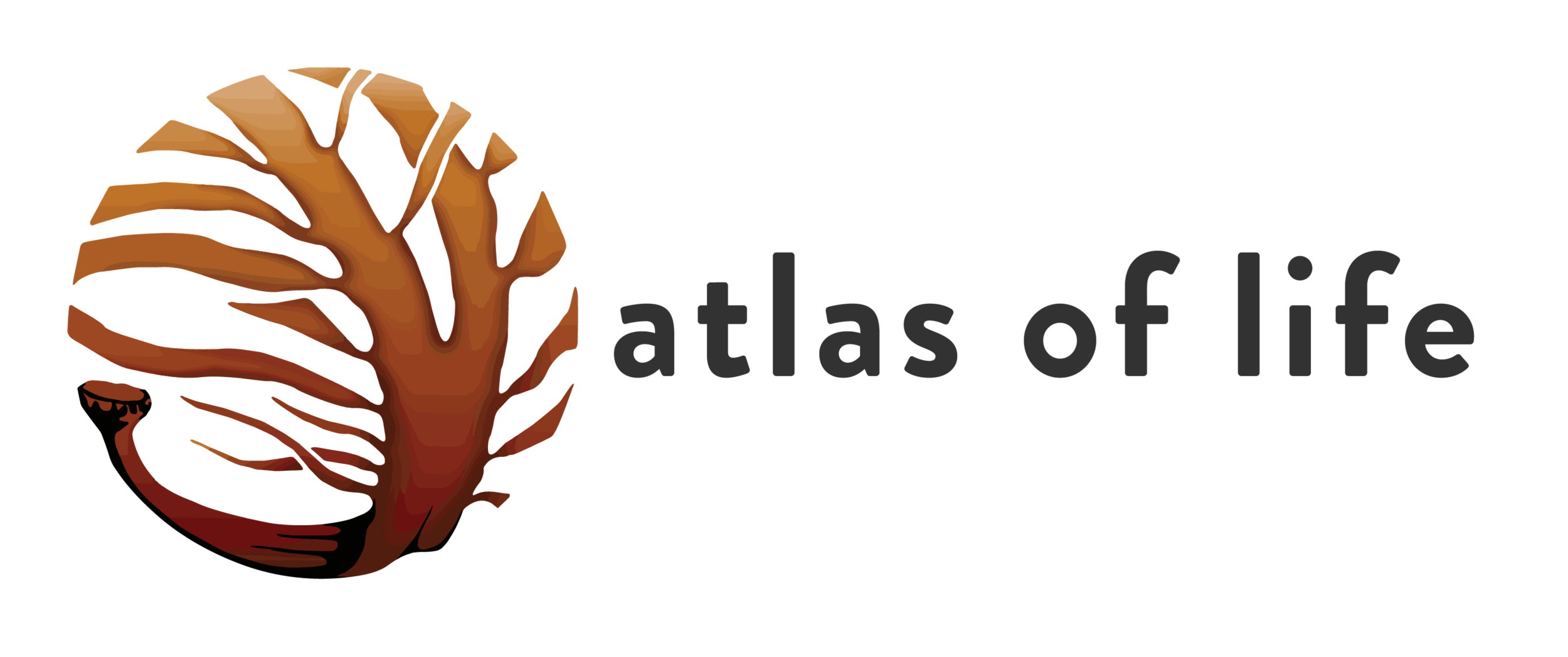WALLAGOOT CATCHMENT BIOBLITZ
Atlas of Life
4-5 DECEMBER, 2015
Across the two days, 60 surveys were carried out - involving 24 surveys leaders and more than 200 participants in total. The surveys covered a broad range of habitats including wetlands, dry sclerophyll forests, sand dunes – and many more.
The event attracted more than 200 participants who, together with the survey leaders, recorded more than 700 species of plants and animals. A very successful two days!
Supporting the main event, was a school based BioBlitz where 60 students contributed to surveys and workshops and another 60 school students participated in follow-up workshops and surveys on the 4th of December.
Objectives
As the fourth BioBlitz on the far south coast of New South Wales, the Wallagoot Catchment BioBlitz had the following objectives;
- Record as many species as possible during the two nominated days
- Support the development of a long term management, education and outreach plans for one of the Bega Local Aboriginal Land Council’s by establishing a snapshot species list.
- Further establish links and working relationships between scientists, naturalists, environmentally focused organisations and the far south coast community.
- Further promote citizen science along the south coast and attract as many local community members to the event and Regional Science Hub network as possible.
About the Wallagoot Catchment
The Wallagoot catchment is predominately forest or woodland with cleared land for agriculture. Wallagoot Lake itself is an ICOLL - with high vulnerability as it has the lowest opening frequency on the South coast. It has seagrass beds and small areas of saltmarsh). There are large areas protected in the Bournda National Park and Bournda Nature Reserve as well as Bega Local Aboriginal Land Council land and property in private ownership.
There are several endangered ecological communities: River-flat Eucalypt Forest on Coastal Floodplains, Freshwater Wetlands on Coastal Floodplains, Bangalay Sand Forest, Swamp Oak Floodplain forest and Coastal Saltmarsh.
There are a number of threatened flora an fauna species as well as a number of invasive species in the area. The Kalaru/Wallagoot area is rich in fauna values, especially for the Yellow-bellied Glider, Glossy Black Cockatoo, and threatened shore and water birds. The area is a wildlife corridor allowing species to move between more and less disturbed areas.
Link to Bioblitz Hub project description


